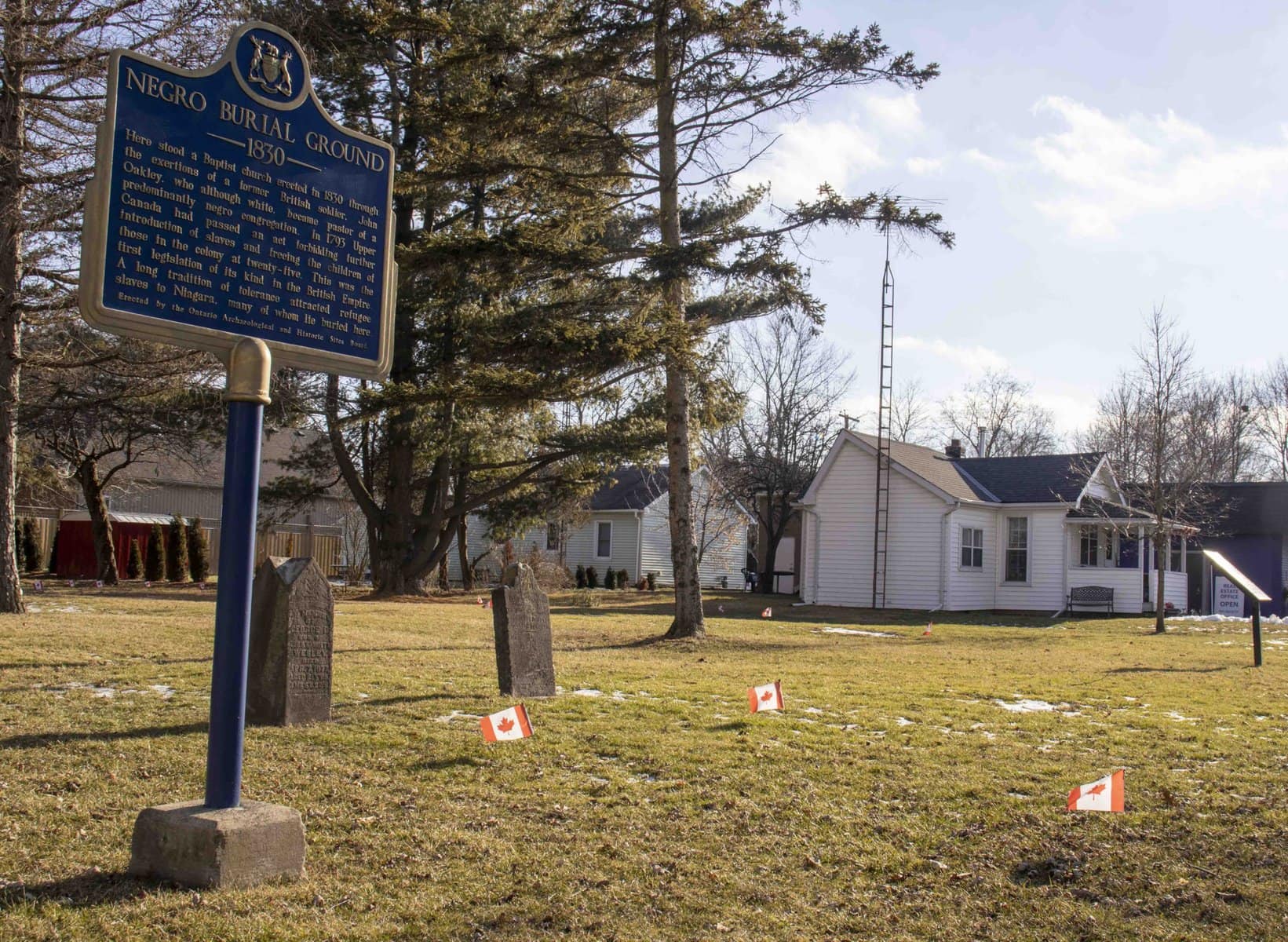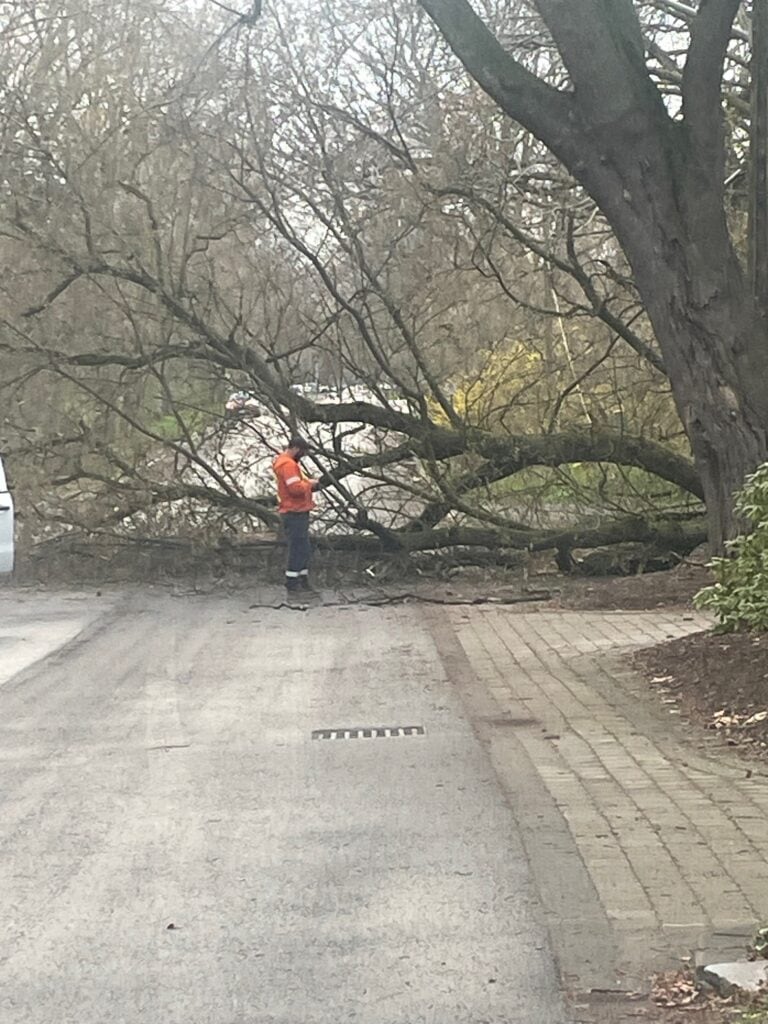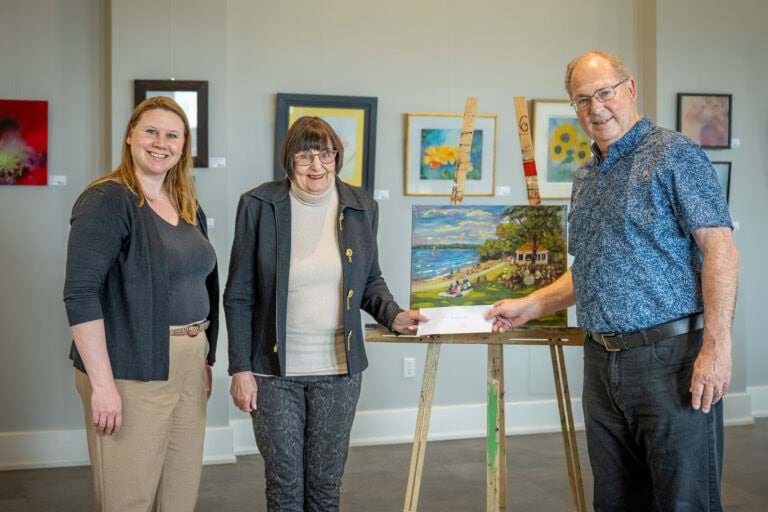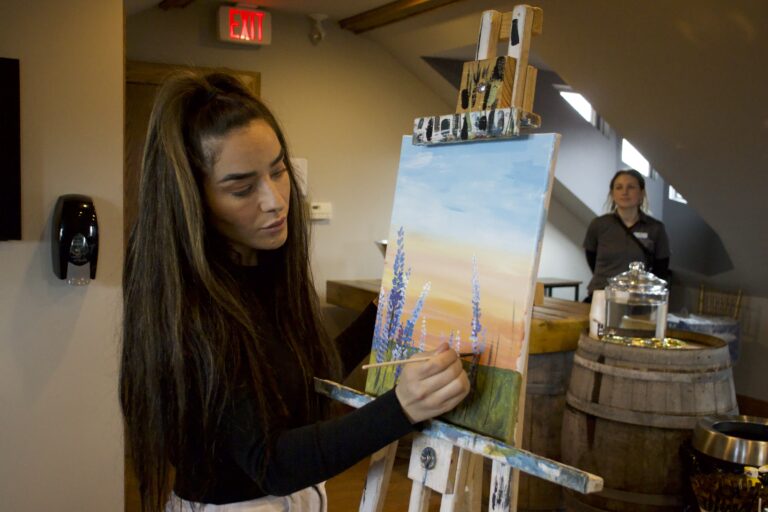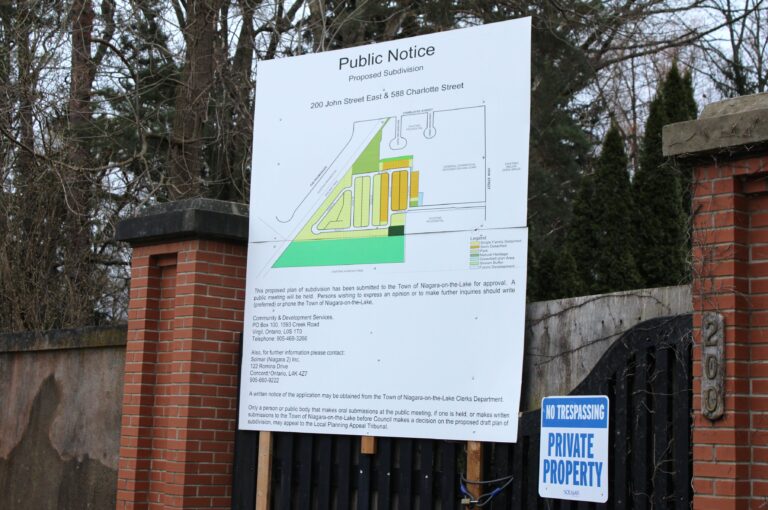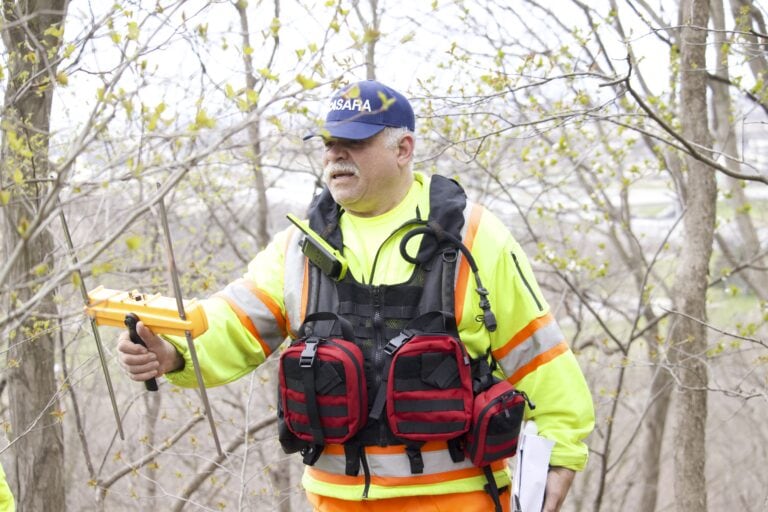After months of preparation and determination by a citizen-driven fundraising committee, the first stage of an archeological assessment will be done at the Niagara Baptist Church Burial Ground.
“Myself and the team are over the moon,” said committee executive George Webber.
“This is the first step towards revitalizing and revamping a neglected property. We are also going to blaze a trail for others who would like to do the same thing for their projects,” he said in an email.
The site, formerly known as the Negro Burial Ground, is a plot of land in Niagara-on-the-Lake on Mississagua Street, near Mary Street. It was established in 1929 by John Oakley.
The committee has been in communication with the town, which owns the land, and the Bereavement Authority of Ontario, which is responsible for burial sites across the province.
“We need to be in lockstep with them in terms of what we do and how we go about doing it. So, the town really can’t progress or proceed unless (the) bereavement authority says you should,” Webber said in an interview with The Lake Report.
The group had to privately raise $5,000 before the bereavement authority would approve a stage one assessment by an archeological firm, he added.
The committee has raised close to $7,000 and recently received an email from Kevin Turcotte, the town’s manager of parks and recreation, confirming the municipality will be proceeding with the stage one assessment.
The town has engaged Archaeological Research Associates Ltd., an archeological and heritage consulting firm, Turcotte told Webber.
The fundraising committee includes Webber, Sarah Kaufman, Cheryl Morris and Rene Bertschi.
Toronto resident James Russell, who was a member of the committee until last October, began restoration efforts at the grounds back in 2021 with his wife Marilyn.
Using ground penetrating radar, They discovered the suspected remains of 28 Canadian settlers’ bodies buried there.
There are four stages in the archeological assessment process. The first is a background study and property inspection.
Stage two and stage three assessments could include digging test pits to find artifacts, depending on the field conditions.
If significant items are found, stage four would include preservation or excavation of the site.
Webber said committee members agreed they weren’t going to go through with anything that involved digging up the headstones.
It would cost too much money to excavate and restore them, he said.
Town staff will report the results to town council once stage one is completed and next steps will be determined at that time, spokesperson Marah Minor told The Lake Report.
According to the Ontario government, “A stage 2 assessment is required when the consultant archeologist identifies areas of archeological potential.”
If other stages are required, and if those stages include digging, Webber said the town or the bereavement authority will decide on the next steps, at the cost of the town or the bereavement authority.
“If the stage one assessment finds anything significant and the consultant recommends a stage two archeological assessment, town staff will consult with the Bereavement Authority of Ontario and the fundraising group and report back to council,” said Minor.
If that’s the case, it might prevent the committee from continuing with its vision for the cemetery, said Webber.
Instead of digging, the committee has been hard at work compiling a list of people who are most likely buried on the property.
“The ultimate vision is to create a mural wall of some kind with the names of the people we believe are buried there,” said Webber.
He also hopes to create a walkway with benches in the cemetery.
Bertschi has been doing all of the research and Webber said they have a “high degree of confidence on who might be buried there.”
So far the names of 18 people believed buried on the property have been found.
The committee has a site plan to show the public once the town allows it to be released.
The next steps for the committee include preparing a presentation to council and then public fundraising.
“We’re taking it one step at a time,” said Webber.



